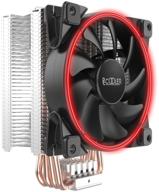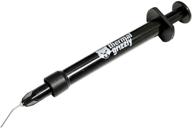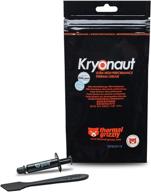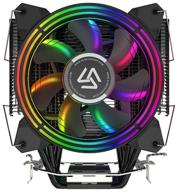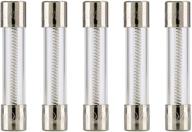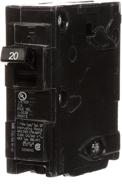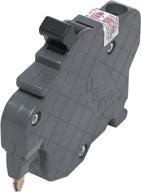
1 Level
342 Review
0 Karma
Review on Heatsink for SSD ESPADA ESP-R1, black by Mateusz Wysokiski ᠌

Very pleased with this purchase, will recommend it to everyone!
I decided to take a new SSD to my laptop to reduce heat. The radiator in a thin laptop will not work. As a result, I used a thermal pad on the reverse side - to the motherboard. I didn’t bother with temperature measurement either before or after. Pros below: Everything is as it is. Thermal pad, radiator, rubber bands. For little money - cheap and cheerful, performs the function. Other options are much more expensive. Cons below: IMHO, not for laptops. If it’s flat to a regular motherboard, then I would put a thermal pad between the SSD and the board. If vertically through the raiser, then just rubber bands without padding. But this is purely theoretical fabrications, did not check.


